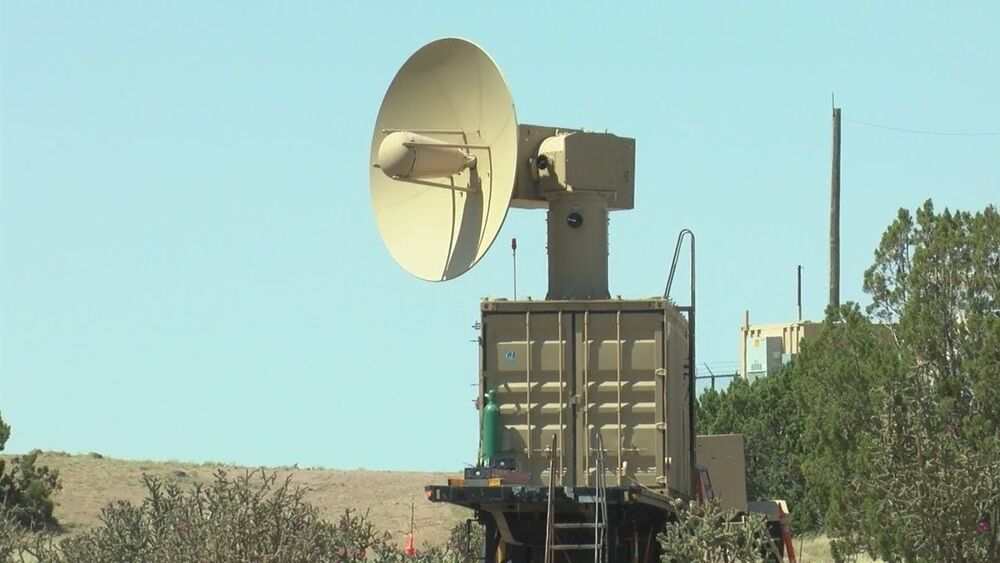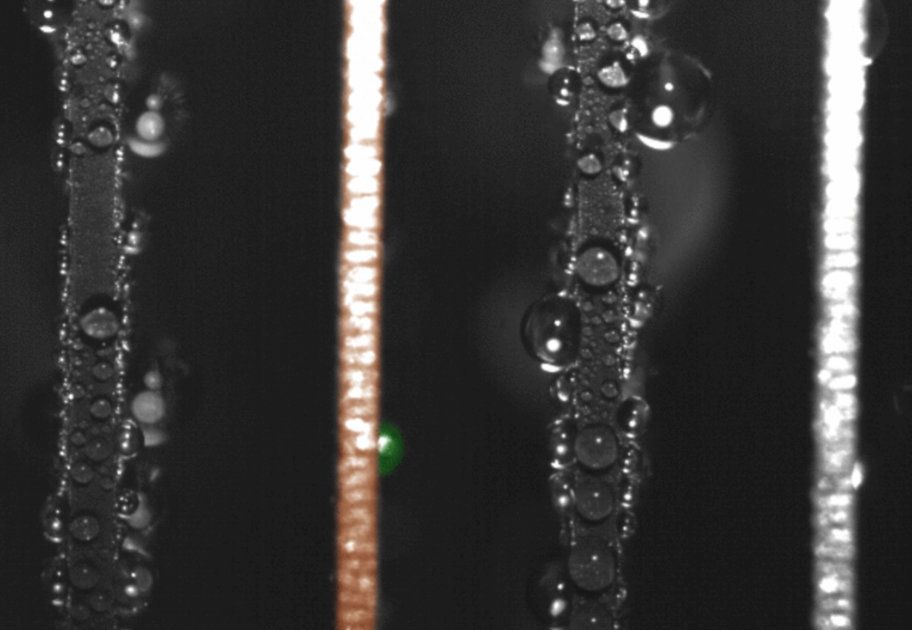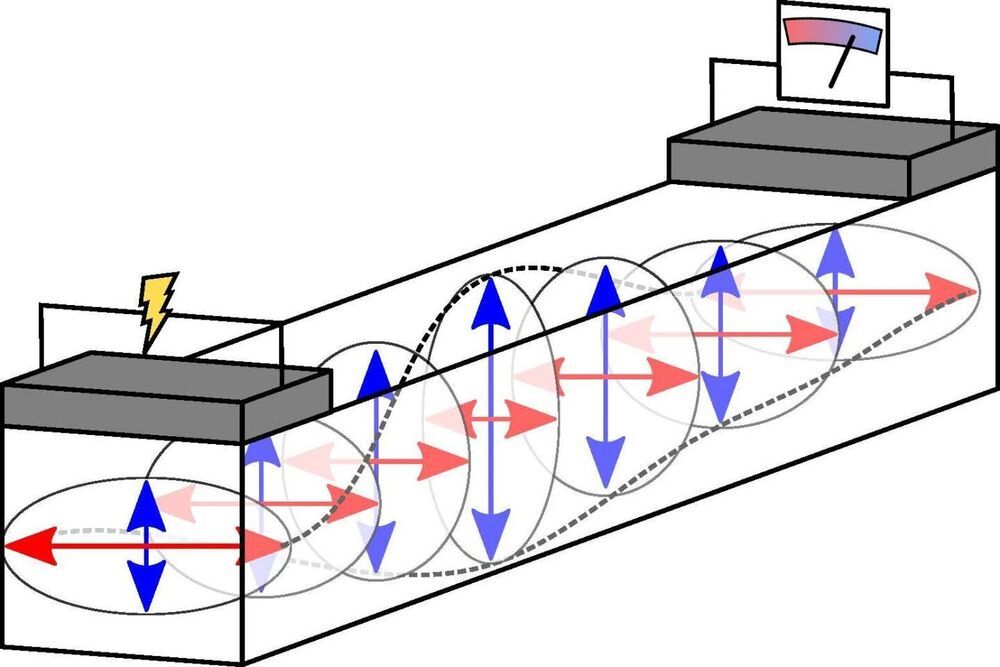The agency is still working on its Gremlins reusable drone project.
The security company FireEye was breached by a sophisticated attack that stole multiple red team assessment tools. Malwarebytes customers are safe.
Hello folks! If you have not heard yet, the security firm FireEye has had a breach of many red team assessment tools used for identification of vulnerabilities to help protect customers.
While it is not known exactly who was behind this attack, a big concern is the sharing and use of these stolen red team tools by both sophisticated and non-sophisticated actors, similar to what we saw in 2017 with the ShadowBrokers group breach of the NSA’s Equation Group.
The mystery ailment that has afflicted U.S. embassy staff and CIA officers off and on over the last four years in Cuba, China, Russia and other countries appears to have been caused by high-power microwaves, according to a report released by the National Academies. A committee of 19 experts in medicine and other fields concluded that directed, pulsed radiofrequency energy is the “most plausible mechanism” to explain the illness, dubbed Havana syndrome.
The report doesn’t clear up who targeted the embassies or why they were targeted. But the technology behind the suspected weapons is well understood and dates back to the Cold War arms race between the U.S. and the Soviet Union. High-power microwave weapons are generally designed to disable electronic equipment. But as the Havana syndrome reports show, these pulses of energy can harm people, as well.
As an electrical and computer engineer who designs and builds sources of high-power microwaves, I have spent decades studying the physics of these sources, including work with the U.S. Department of Defense. Directed energy microwave weapons convert energy from a power source —a wall plug in a lab or the engine on a military vehicle—into radiated electromagnetic energy and focus it on a target. The directed high-power microwaves damage equipment, particularly electronics, without killing nearby people.
Energy capture, storage and generation remains a vibrant area of research. Here we examine show of the research breakthrough in future battery tech.
Be it with smartphones, laptops, or mainframes: The transmission, processing, and storage of information is currently based on a single class of material—as it was in the early days of computer science about 60 years ago. A new class of magnetic materials, however, could raise information technology to a new level. Antiferromagnetic insulators enable computing speeds that are a thousand times faster than conventional electronics, with significantly less heating. Components could be packed closer together and logic modules could thus become smaller, which has so far been limited due to the increased heating of current components.
Information transfer at room temperature
So far, the problem has been that the information transfer in antiferromagnetic insulators only worked at low temperatures. But who wants to put their smartphones in the freezer to be able to use it? Physicists at Johannes Gutenberg University Mainz (JGU) have now been able to eliminate this shortcoming, together with experimentalists from the CNRS/Thales lab, the CEA Grenoble, and the National High Field Laboratory in France as well as theorists from the Center for Quantum Spintronics (QuSpin) at the Norwegian University of Science and Technology. “We were able to transmit and process information in a standard antiferromagnetic insulator at room temperature—and to do so over long enough distances to enable information processing to occur”, said JGU scientist Andrew Ross. The researchers used iron oxide (α-Fe2O3), the main component of rust, as an antiferromagnetic insulator, because iron oxide is widespread and easy to manufacture.
Watch Elon Musk at the WSJ CEO Council Summit talk about future plans for Tesla and SpaceX. Musk also reveals why he moved to Texas and shares his advice for business leaders.
More from the Wall Street Journal:
Visit WSJ.com: http://www.wsj.com.
Visit the WSJ Video Center: https://wsj.com/video.
On Facebook: https://www.facebook.com/pg/wsj/videos/
On Twitter: https://twitter.com/WSJ
On Snapchat: https://on.wsj.com/2ratjSM
#WSJ #Tesla #SpaceX
Apple modems are coming.
Would an Apple modem be better, or just less reliance on Qualcomm?
Powerful neural networks could soon train on smartphones with dramatically faster speeds and less energy.
Dr. Carolina Reis Oliveria, is the CEO and Co-Founder of OneSkin Technologies, a biotechnology platform dedicated to exploring longevity science.
Carolina holds her Ph.D. in Immunology at the Federal University of Minas Gerais, in collaboration with the Rutgers University, where she conducted research with pluripotent stem cells as a source of retinal pigmented epithelium (RPE) cells, as well as the potential of RPE-stem cells derived as toxicological models for screening of new drugs with intra-ocular applications.
She founded a company called CELLSEQ solutions in Brazil which develops tools to revolutionize the safety and toxicology assays performed by pharmaceutical, cosmetic, agro-chemical and food industries, with technology based on stem cells and big data analysis.
She is an alumnus of IndieBio, the world’s leading biotechnology accelerator.
A new report suggests that Toyota is going to unveil an electric car with a new solid-state battery that enables 10-minute fast-charging capacity next year.
Toyota started working on solid-state batteries back in 2017 with plans to commercialize the batteries inside electric vehicles in the early 2020s.








